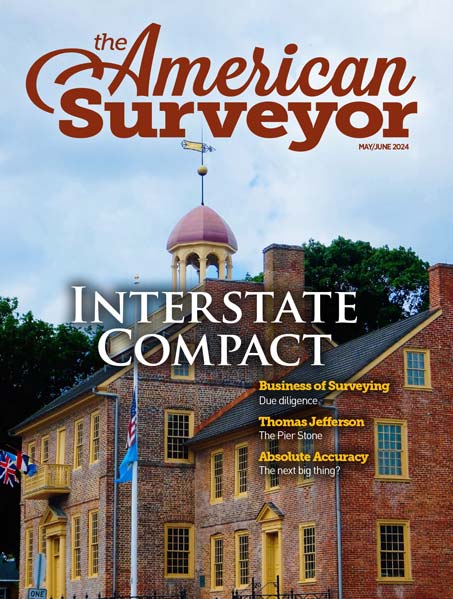Washington D.C. – (September 16, 2011) – The Institute for Sustainable Infrastructure (ISI), a Washington based not-for-profit organization, and the Zofnass Program for Sustainable Infrastructure at the Harvard Graduate School of Design, are actively working together to establish a strategic partnership in support of sustainable infrastructure.
Both programs have been developing comprehensive rating systems to measure and encourage the development of sustainable civil infrastructure that is compatible with and that compliments societal goals for environmental protection, public health, economic growth and personal security.
While widely-accepted sustainability rating systems currently exist for buildings, there is a relative absence of standardized and widely-accepted indices for measuring or encouraging sustainable practices in the development of infrastructure, such as bridges, highways, airports, ports, water treatment plants, solid waste and wastewater systems, power plants, and other non-building infrastructure projects at present. Both ISI and the Zofnass Program are filling this critical void.
“This is how successful societies are supposed to work,” said Timothy Psomas, Chairman of the ISI Board. “We pool our talent, focus our resources and commit ourselves to a common outcome. Establishing a formal working relationship between the ISI and the Zofnass Program for Sustainable Infrastructure makes good sense…for our respective programs, and for the public interest.”
On announcing the agreement to collaborate, Paul Zofnass, Founder and President of the Environmental Financial and Consulting Group (EFCG), noted a strong public interest in complementary organizations that work collaboratively to address significant issues of societal priority. “Deciding what is sustainable in a world of finite resources, where the demand for essential goods and services is growing along with our population, is the most pressing public administration issue of our time,” said Zofnass. “And, it is an issue so large and so important that neither government nor the private sector can successfully address it on their own. The collaboration between these two prestigious organizations will unite the resources, knowledge, and skills of the engineering profession, the private companies that engineers work for, the public sector “owners” of infrastructure and one of the worlds’ greatest research universities.”
About the Institute for Sustainable Infrastructure
The Institute for Sustainable Infrastructure (ISI) is a 501(c)3 education and research association founded by the American Public Works Association (APWA), the American Council of Engineering Companies (ACEC), and the American Society of Civil Engineers (ASCE). Its membership includes both public and private sector organizations, as well as governmental entities. For more information, go to www.sustainableinfrastructure.org.
About The Zofnass Program for Sustainable Infrastructure
The Zofnass Program for Sustainable Infrastructure is a multi-disciplinary effort funded by Paul and Joan Zofnass and supported by prominent firms focused on infrastructure and engineering: Autodesk, EXP (formerly Trow), Halcrow, HDR, HNTB, MWH and Stantec. Housed in the Harvard Graduate School of Design, the Zofnass Program is a collaborative effort that leverages the contributions of faculty from across Harvard University’s many schools and research centers including among others, faculty from the Harvard University Center for the Environment, the Harvard Business School, the Harvard Kennedy School of Government, and the Harvard School of Public Health. For more information, go to www.gsd.harvard.edu/research/research_centers/zofnass/
About the Harvard University Graduate School of Design
The Harvard University Graduate School of Design is dedicated to the education and development of design professionals in architecture, landscape, urban planning, and urban design. With a commitment to design excellence that demands the skillful manipulation of form and technology and draws inspiration from a broad range of social, environmental, and cultural issues, the Graduate School of Design provides leadership for shaping the built environment of the 21st Century.
